| |
| |
Topical Corticosteroids
|
|
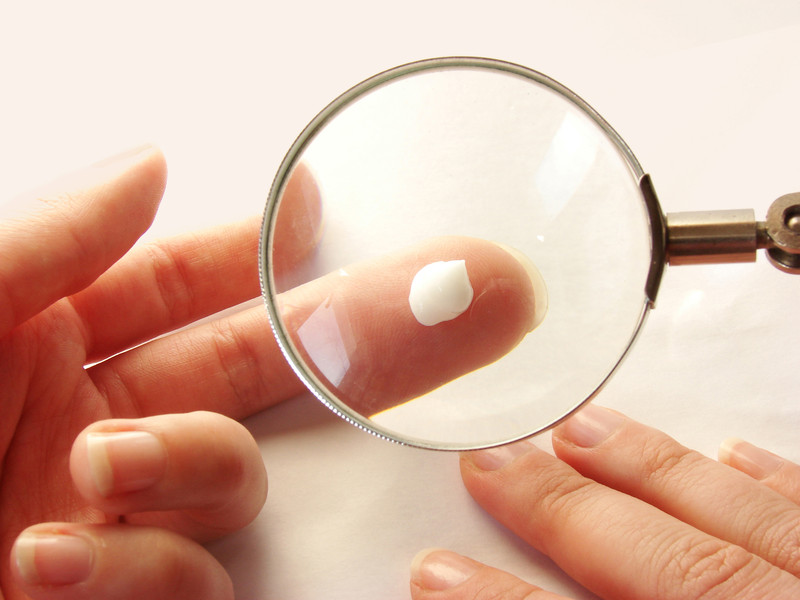 |
Preface
Topical corticosteroids are widely used for the treatment of inflammatory skin diseases, such as atopic eczema, contact dermatitis and as one of the treatment modalities for psoriasis. They are used to relieve symptoms and suppress signs of the disorder, such as swelling, redness and itching. They should be applied thinly to the affected unbroken skin and used according to doctor’s instructions.
|
|

|
|
The way corticosteroids reduce inflammation is complicated. It involves blocking the function of the chemicals that the immune system uses to trigger the process of inflammation and making the immune system less sensitive.
|
|
|
Although topical corticosteroids cannot cure the conditions and rebound exacerbation of the condition may occur upon discontinuation, they are a relatively safe and valuable treatment for inflammatory skin conditions when used properly and under medical supervision.
|
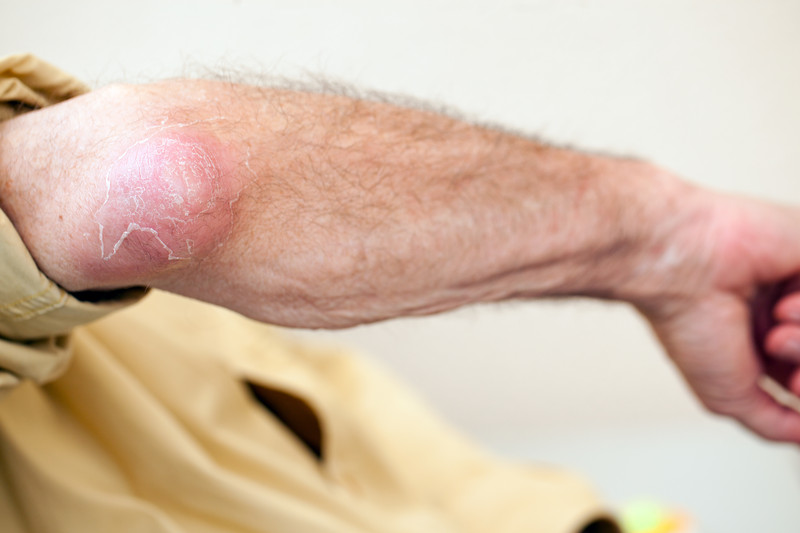
|
Atopic eczema
Atopic eczema, also known as atopic dermatitis, commonly affects infant and children. It is a chronic condition and commonly occurs in areas with folds of skin such as flexures of the knees and elbows, on the side of the neck, and around the eyes and ears. It can vary in severity. People are mildly affected with symptoms such as itchy, red, dry and cracked skin. In more severe cases, atopic eczema can cause widespread dry skin, constant itching and oozing fluid.
|
Irritant and Contact dermatitis
Irritant dermatitis reults from either repeated contact with irritants such as soap and cosmetics. Contact dermatitis results from direct contact with allergens such as rubber, hair dyes and perfume. Symptoms of irritant or contact dermatitis include rash, itchiness, blisters, dry and cracked patches, and pain or tenderness. It can affect any part of the body but the hands are most commonly involved.
|
Psoriasis
Psoriasis is a long-lasting inflammatory skin condition characterized by enhanced epidermal proliferation leading to red, flaky, crusty patches of skin covered with slivery scales. It can first develop at any age, often starts between the ages teenage to the forties. It is not infectious and the severity of psoriasis varies greatly from person to person.
|
|
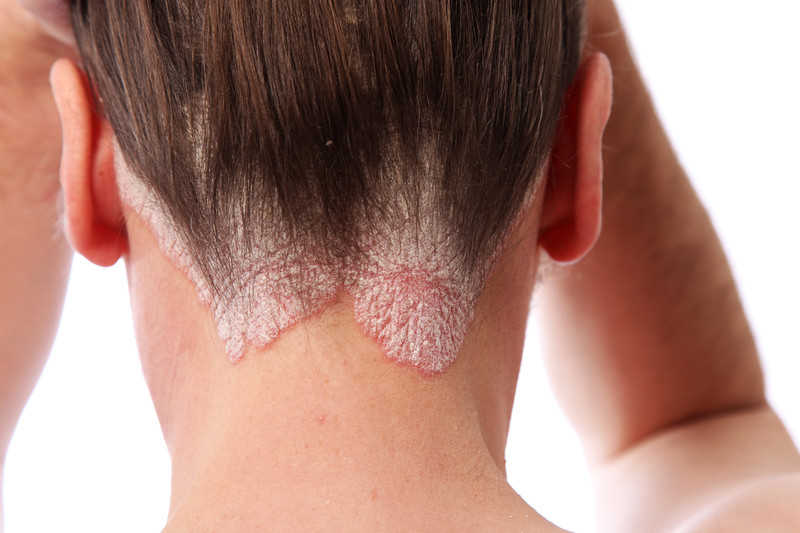
|
|
▲ back to top
Types of topical corticosteroids
There are many types of topical corticosteroids of which the commonly used are hydrocortisone, betamethasone, fluocinolone and clobetasol. Majority of these products are prescription-only medicines and should be used strictly under doctor’s instruction and recommendation. A few less potent ones can be purchased from registered pharmacies under the supervision of a registered pharmacist such as hydrocortisone cream of concentration not more than 1%.
They are available in the forms of gels, lotions, creams and ointments, etc. Creams are useful for the majority of skin conditions and usually best to treat moist or weeping areas of skin, whereas ointments are generally chosen to treat dry or thickened areas. Lotions and gels are considered to treat hairy areas such as the scalp.
|
|
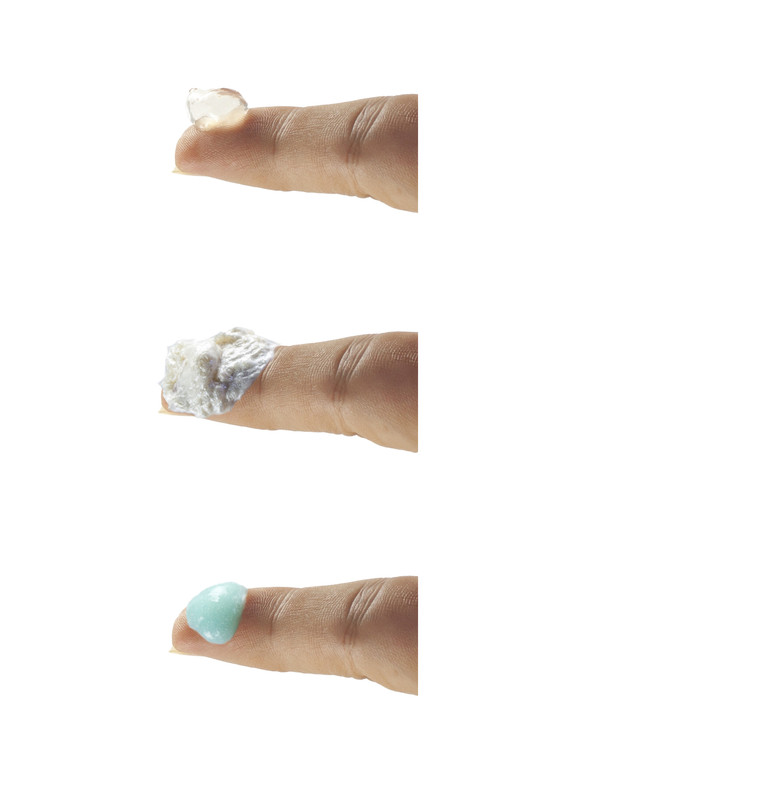
|
|
▲ back to top
Potency of topical corticosteroids
|
Topical corticosteroids depending on their potency are generally divided into four groups which are (I) mild, (II) moderate, (III) potent and (IV) very potent. |
| (I) | Mild topical corticosteroids are used to treat mild skin inflammatory conditions such as contact dermatitis or insect bites ; and treatment of seborrhoeic dermatitis with concomitant use of an anti-fungal may be necessary. Hydrocortisone acetate is one of the examples.
|
| (II) | Moderate topical corticosteroids are used to treat more troublesome cases of skin inflammation such as atopic eczema , and fluocinolone acetonide is one of the examples. |
| (III) | Potent topical corticosteroids are used to treat recalcitrant skin conditions and plaque psoriasis, but for those sites
e.g. face, flexure and genitalia should use mild potency topical steroid. One example of this group is betamethasone dipropionate.
|
| (IV) | Very potent topical corticosteroids, such as clobetasol propionate, are reserved for recalcitrant skin conditions that do not respond to other treatments and used on a short-term basis.
|
However, the potency of topical corticosteroids may also vary depending on the formulation and concentration. For example given the same percentage and type of topical corticosteroid, medication in form of ointments is generally more potent than creams or lotions. |
The greater the potency, the more effective the medication has on reducing inflammation but the greater the risk of side effects with continued use. Therefore, upon considering your age, the severity of your skin condition, the size and the body site of your affected area, your doctor will usually prescribe the least potent corticosteroid to relieve your symptoms so as to minimize the risk of any possible side effects. |
|
|
▲ back to top
Usage of topical corticosteroids
|
|
For most conditions, topical corticosteroids are to be applied one to two times a day. Any further increase in frequency might not be beneficial and might even cause side effects. They should be applied sparingly as a thin layer on the skin and in sufficient quantity just to cover the affected areas.
Often, skin conditions improve not to more than necessary amount of topical steroid, rather to adequate use of emollients.
|
|
▲ back to top
Side effects of topical corticosteroids
|
|
Local side effects are the most common side effects associated with the use of topical corticosteroids. Examples are:
- thinning, burning or stinging of the skin,
- spread and worsening of untreated infection,
- changing in skin color,
- acne,
- rosacea, and
- contact dermatitis.
They are normally reversible if the topical corticosteroid is discontinued, however prolonged use can cause permanent stretch marks.
Besides, rare systemic side effects may occur if the medication is applied more (frequent, larger amount and/or longer duration) than the doctor instructed. Examples are:
|
|
▲ back to top
Precautions of topical corticosteroids
|
|
Topical corticosteroids are contraindicated for patients with:
Besides, potent and very potent topical corticosteroids should not be used:
in patients with widespread plaque psoriasis, and for more than seven days, unless under the supervision of a dermatologist.
Moreover, prolonged use of topical corticosteroids on the face should be avoided.
Topical Steroid Withdrawal Reaction
If you have a flare-up or your skin condition returns shortly after stopping treatment, and you have been using topical corticosteroids without stopping for a long time, you may be experiencing a type of topical steroid withdrawal reaction.
Topical steroid withdrawal reactions are usually seen after long-term use of topical corticosteroids. For example, longer than 12 months in adults. They have also been seen after as little as 2 months of continual use in children. Withdrawal reactions are also usually seen if the medicine was used very often or for prolonged periods of time. Reactions are more common after use in sensitive areas such as the face or genitals.
Signs of severe topical steroid withdrawal reactions include redness of the skin. This redness can extend beyond the area treated with the topical corticosteroid. Redness can be a spectrum of pink, to purple, which may show as darkening of the normal skin tone and can vary depending on the skin tone of the individual. Other signs include burning or stinging, intense itching, peeling of the skin, or oozing open sores. These signs may occur days or weeks after stopping treatment.
Contact your doctor if you experience any of the above after stopping treatment.
|
|
▲ back to top
General advice on using topical corticosteroids
|
Use the least potent corticosteroid that is fully effective. Only use the topical corticosteroids as often as advised by your doctor. Clean the skin of the affected area before applying the drug. Apply the medication to the affected skin areas thinly and in sufficient quantity to cover the affected areas. If you are using both topical corticosteroids and emollients for your skin conditions, you should apply the emollient first and then wait 30 minutes before applying the medication. Avoid using topical corticosteroids in large quantities and for long periods of time wherever possible. Unless instructed by your doctor, do not wrap or cover the affected area with a bandage. Do not apply topical corticosteroids to infected skin as they will promote the breeding of bacteria. Do not scratch the affected area during treatment to avoid infection. Do not apply topical corticosteroids to eyes or the areas near the eyes unless instructed by your doctor. Do not use topical corticosteroids for prevention of eczema occurring. Do not use topical corticosteroids as a moisturizer. Do not use cosmetics on the treated areas.
|
|
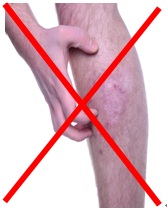 |
|
▲ back to top
Communication with your doctor
You may be prescribed more than one topical corticosteroid for treating your skin conditions, make sure that you are clear which preparation to use on which part of your body. Consult your doctor if you have any doubts. Seek medical advice immediately if you experience any side effects suspected to be related to topical corticosteroids. Have regular medical follow-ups as advised by your doctor if you need to use topical corticosteroids on a long-term basis. Check with your doctor if you or your child’s symptoms do not improve within a few days, or if they become worse.
|
|
▲ back to top
Storage of topical corticosteroids
|
|
The drugs should be kept in a cool and dry place. Unless specified on the label, medicines should not be stored in refrigerators. Furthermore, drugs should be kept properly in places unreachable by children to prevent accidental ingestion.
|
|
▲ back to top
|
Acknowledgement : The Drug Office would like to thank the Professional Development and Quality Assurance (PD&QA) for their valuable contribution to the preparation of this article.
|
|
|
|
|

